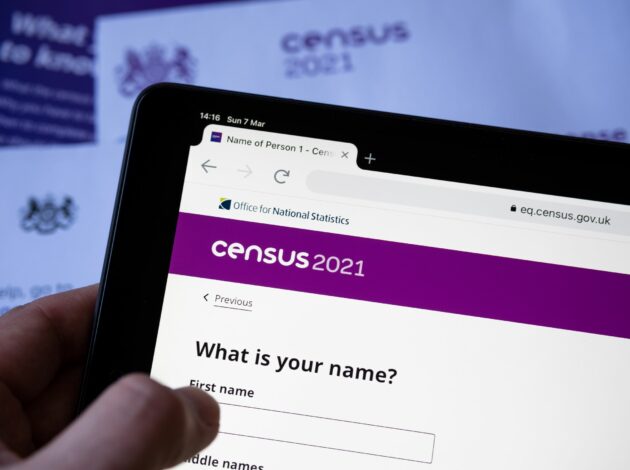What’s next for Census 2021?

Long gone are the days when census statistics were published in huge printed volumes. Now the Office for National Statistics is making the latest census information as easy as possible to use online so everyone can navigate the breadth and depth of census information and find reliable answers to their questions. In this post Jen Woolford sets out the variety of ways in which people will be able to access the census statistics they need in coming months.
Thousands of statistics have already been published from the Census 2021 but there are many, many more still to come.
From the first results in June last year onwards, our objective has been to publish data covering the full breadth of the topics in the first phase of release. We have been telling the story of the population of England and Wales through a range of products including bulletins, interactive articles, data tables and beautiful census maps. Just last week, we updated the census maps so you can explore extra classifications of data with a new option to see change since 2011 down to local neighbourhoods.
The census allows us to not only look at individual topics but also the interactions between these topics – so considering health, age and living arrangements in combination at neighbourhood level for example. We’ve already started looking at some of these combinations through our analysis articles. This week, for example, we have published ethnic group by education, employment, health and housing, and further analysis will continue throughout the year.
However, we simply can’t tell stories around every combination of the data as we’ll be publishing billions of statistics. Instead, our priority in the second phase of release is to enable users to jump into the depth of the multiple combinations, or ‘multi-variate’ statistics, for themselves. Our ‘Create a custom dataset’ product is a flexible table builder, to be published on 28 March, which will put the power in the hands of users to find and download combinations of data they are most interested in.
In a unique innovation for official statistics, the table builder function provides automatic protection of individual identities in these detailed statistics, making sure that no individual can be picked out in the tables. This allows us to release census statistics far more quickly than ever before.
However, it’s important to recognise that this depth is not limitless as we don’t publish data that allows individuals to be identified. This means for some data, particular characteristics may be unavailable in ‘Create a custom dataset’ or might be grouped together to avoid the risk of people being identified.
To give people the best access to the best data, we have a blended offering where we will provide a variety of solutions to find the data you want. This means more datasets, analysis articles and data visualisation products are coming out later this year which will provide access to as much data and insight as possible. With some variables, there may be more detail in the datasets already published in the first phase or other products coming out this year. We will help people get to know what’s available with helpful videos, and other resources including webinars to demonstrate census tools.
For some smaller or more dispersed groups the table builder is not the most effective way to release multiple combinations of data. As part of our outputs strategy, we recognised that for some groups it is more appropriate to develop pre-defined multivariate tables where we can provide the greatest level of detail they need while still protecting confidentiality. We are working with users in pre-defining these ready-made multi-variate tables, and we will begin publishing these this spring. In addition, we will run a commissioned table service which will allow users to order the information they want to be built, subject to disclosure control.
A third phase of census outputs begins in early summer this year. We will publish detailed tables and analysis on particular communities to fulfil commitments made in the Census White Paper. This bespoke work will provide data across a range of variables, representing those communities at small geographies, for example for Cornish, Kashmiri, Nepali, Sikh, Ravidassia and Jain communities.
Community engagement was one of the most important features of how we achieved fantastic response rates for Census 2021. We know how valuable the resulting statistics are to these communities and we will continue to work together to maximise the benefit of the statistics to them and assess how we can meet any future needs they may have.
Over the summer we’ll also be publishing further information, which includes detailed migration data and alternative population bases, such as daytime populations. More information can be found on phase three here.
We look forward to updating you further at key points throughout the year. In the meantime, for questions about census data, we are here to help users find what they need on census.customer.services@ons.gov.uk

Jen Woolford is Director Population Statistics